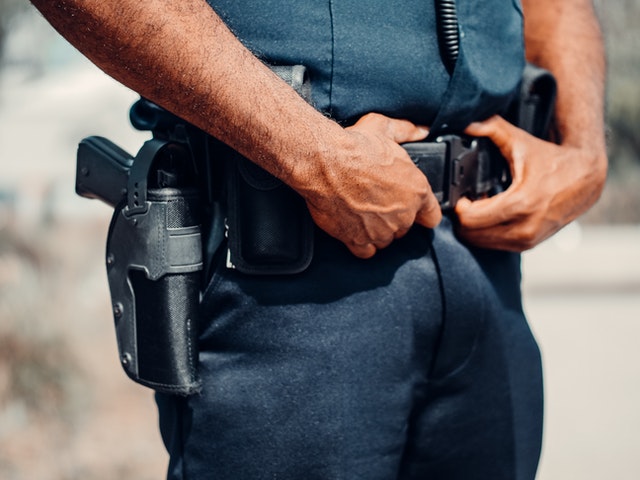Concealed firearm carry comes with a variety of carrying options and holster styles. Every type of holster serves a different purpose and has pros and cons. Various holsters will need to be tried in order to determine which one is best for you. Various holsters will need to be tried in order to determine which one is best for you.
When searching for concealed-carry holsters for the waistband, there are two main types: IWB and OWB. A holster designed for the inside of the waistband will need to be tried to determine which one is right for you. Different holsters will need to be tried to determine which one is right for you. For more information, visit aliengearholsters.com.
The OWB (Outside the Waistband) holster is suitable for concealed or open carry; however, to conceal an OWB holster, a covering garment is often required.
Table of Contents
Holsters with universal features
All types of holsters should protect the trigger guard. When you draw your weapon, the holster should prevent your index finger from entering the trigger guard or contacting the trigger until your weapon has cleared the mouth of the holster. Gun safety rules are not followed properly, which leads to accidental discharges. With a fully covered trigger guard, you can practice trigger discipline consistently even during high-stress situations.
Additionally, you might want to wear a holster with a sweat shield. The sweat shield is an extension of the rear holster sheet that covers the slide and prevents the gun from coming into contact with the body.
Should you have to use your firearm in self-defense, you should always reholster it after incapacitating or deterring the threat, preferably before the police arrive. During a law Visibly There is an armed police officer. Reholstering is dangerous, but a holster with a rigid mouth that does not collapse reduces the risk.
There are several ways to carry a concealed firearm and holster styles to choose from. A holster is made to meet a specific need, and each has its own pros and cons. It is important to test out several holsters to find the best fit for you.
Holsters for the waistband
There are two types of concealed-carry holsters: IWB and OWB. The IWB, or Inside the Waistband, is designed primarily for concealed carry. It fits snugly inside your pants, between the waistband and your body, allowing for a discreet fit.
OWB holsters, which stand for Outside the Waistband, can be worn both concealed and openly but require a covering garment to be concealed.
Also read: a common interpretation for a non-visit-in-person entity query can have a fully meets rating.
Holster features universal
Holsters of all types should protect the trigger guard. When you draw your weapon, the holster should prevent your index finger from entering the trigger guard or contacting the trigger until the weapon has cleared the mouth of the holster. The majority of accidental discharges result from failure to follow gun safety rules. During high-stress situations, a fully covered trigger guard can help you practice trigger discipline.
You might also consider wearing a holster with a sweat shield. The sweat shield is an extension of the rear holster sheet, covering the slide and preventing contact between the gun and the body.
When drawing a firearm in self-defense, you will need to reholster it after incapacitating or deterring the threat, preferably before the police arrive; you should not face law-enforcement officers who are visibly armed. Reholstering can be dangerous and requires practice, but holsters with rigid mouths that do not collapse reduce this risk.
